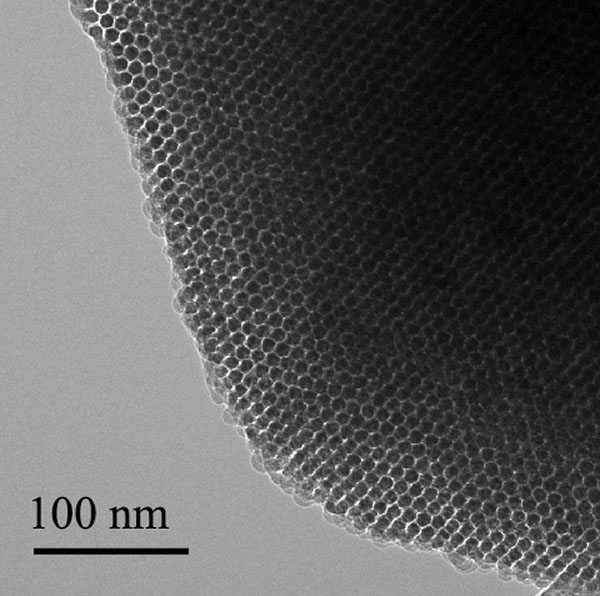Today’s technological advances have reached a point where not only TVs can control your brain. Researchers at the University of Chicago have designed an injectable material capable of controlling neural networks and muscles and organs as well.
More details about this successful research can be found in the team’s recent publication in Nature Materials.
This revolutionary photosensitive fabric mimics the physical properties of human tissues, and can thus bind to tissues to create networks of silicon nanostructures similar to those of sponges. It is made of two different types of silicon that together develop into a nanomaterial a thousand times more flexible and narrower than regular silicon.
The nanostructures made with this special silicon do not harm or constrain the contiguous tissues. After injecting the silicon into the body, the nanostructures conjoined with cell membranes will generate electrical impulses the moment they are activated by light.

Electron microscope imagery shows the material assembling itself into uniform nanostructures. Photo credit: Tian Lab
Teamed up with a reputed pair of engineers, the neuroscientists consider this current project to be of paramount importance for it will some day help design a new generation of injectable devices that will make possible remote controlled brain stimulation.
“[…] we used the heterogeneous silicon mesostructures to design a lipid-bilayer-supported bioelectric interface that is remotely controlled and temporally transient, and that permits non-genetic and subcellular optical modulation of the electrophysiology dynamics in single dorsal root ganglia neurons,” stated the neuroscientists. “Our findings suggest that the biomimetic expansion of silicon into heterogeneous and deformable forms can open up opportunities in extracellular biomaterial or bioelectric systems.”
So far, the only available method of cotrolling or modifying cellular systems is altering the organism’s genes, but the possibility of cellular manipulation by the means of a non-genetic method is slowly rising on the horizon, bringing with it the prospect of a new world of medical technologies.
A press release issued by the University of Chicago publicized researcher Joao L. Carvalho-de-Souza’s practical idea of cell-specific therapies:
“This single particle connection with the cell membrane allows sufficient generation of current that could be used to stimulate the cell and change its activity. After you achieve your therapeutic goal, the material degrades naturally. And if you want to do therapy again, you do another injection.”

And the wheels keep turning.
This intelligent material is not the first discovery of its kind. Before the silicon nanostructure was developed, implantable brain-computer interfaces paved the road for what will be the next level in untraceable dissolvable brain control technology.
Hypothetically, if someone were to load the silicon nanomaterials into a dart gun, one could inject the brain controlling technology into an individual’s body and ultimately manipulate the unsuspecting target.
But real life applications work for the greater good, agrees chemistry professor Tian Bozhi, one of the scientists who worked on the spearheading project; he strongly believes this fabric could be the vanguard of medical science: “It can be risky. There’s a need for a non-genetic system that can still manipulate cell behavior. This could be that kind of system.”
The narrow border between greater good and evil scheming could also lead to another level of “involuntary” mind control. Every piece of technology ever made had a potential use a for other not so transparent purposes, and the new nanomaterial may have risen vast possibilities on controlling the growing mass of oblivious people. You may now switch from tin foil hat to something thicker.










